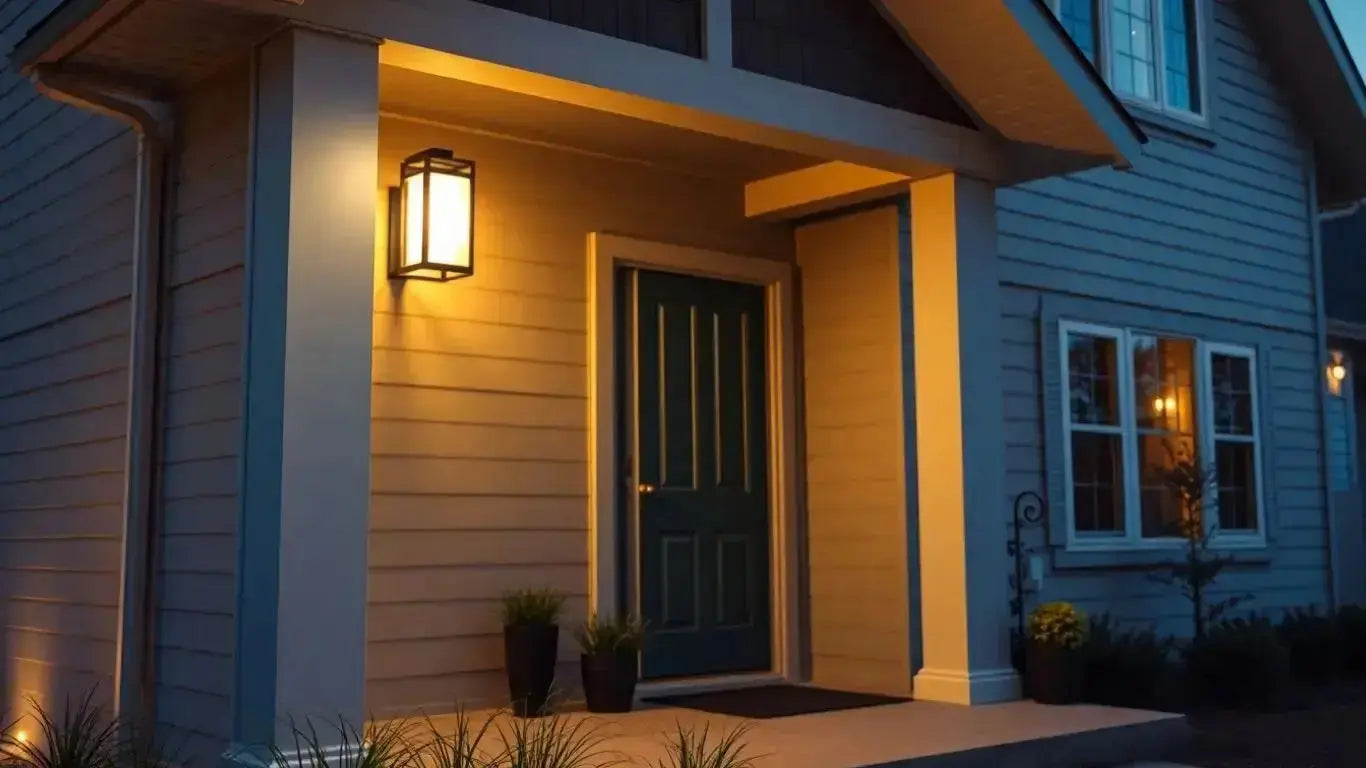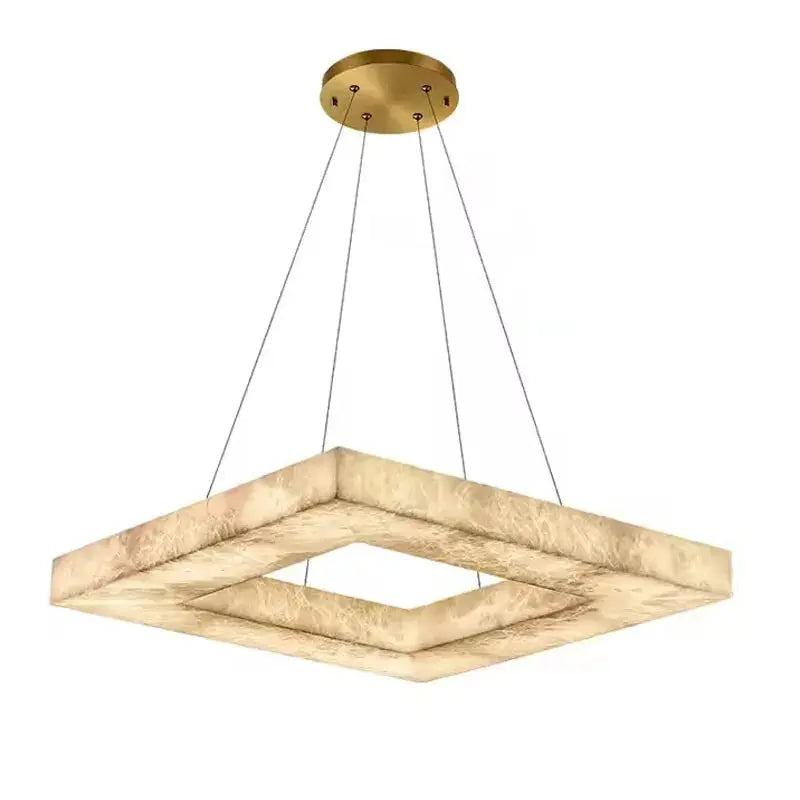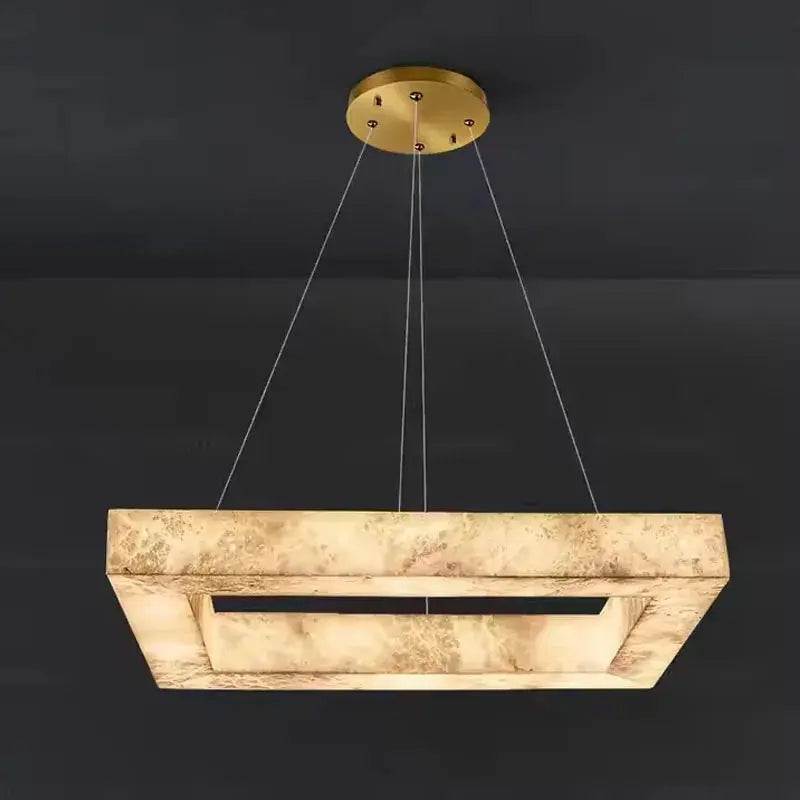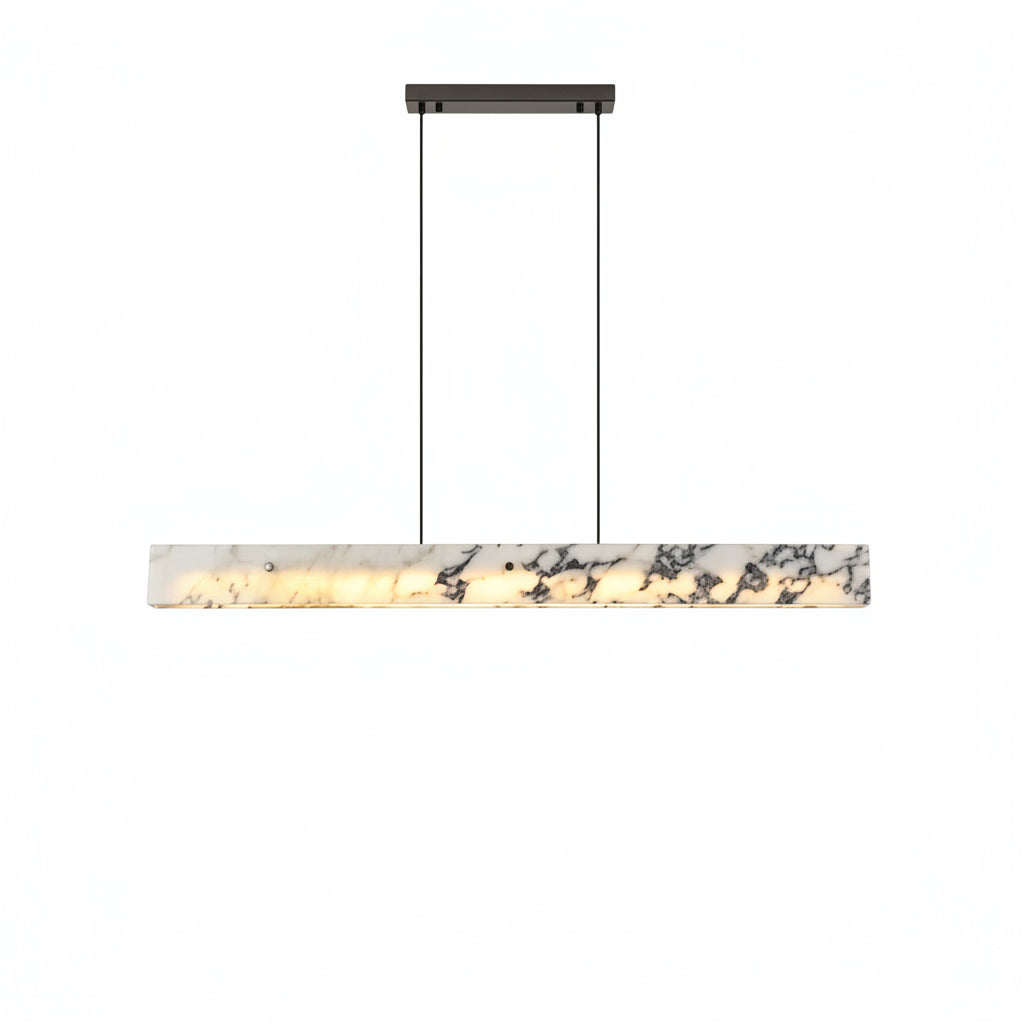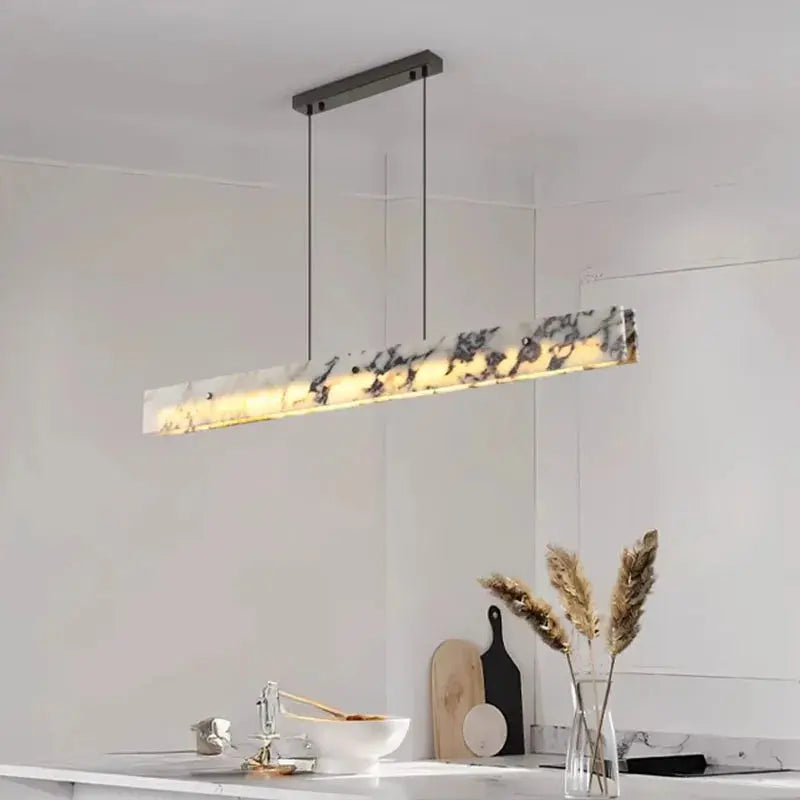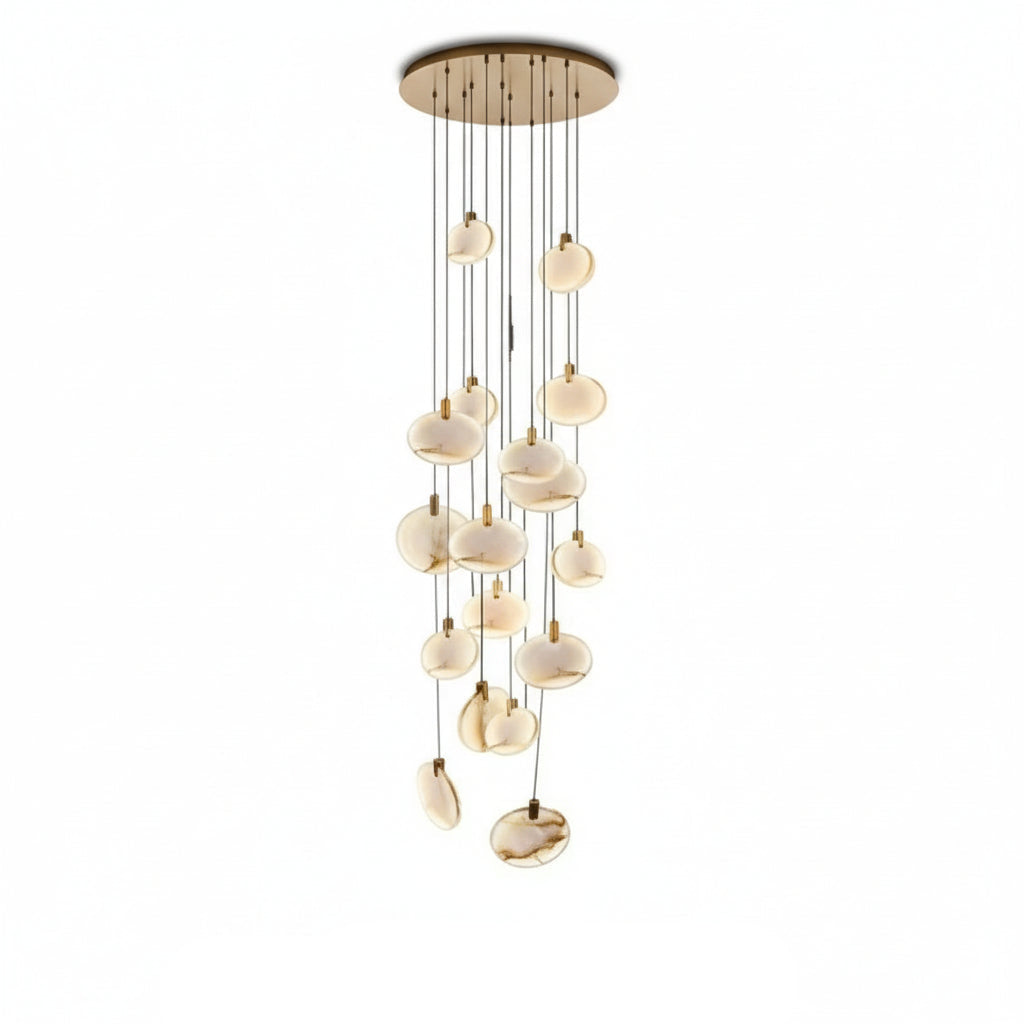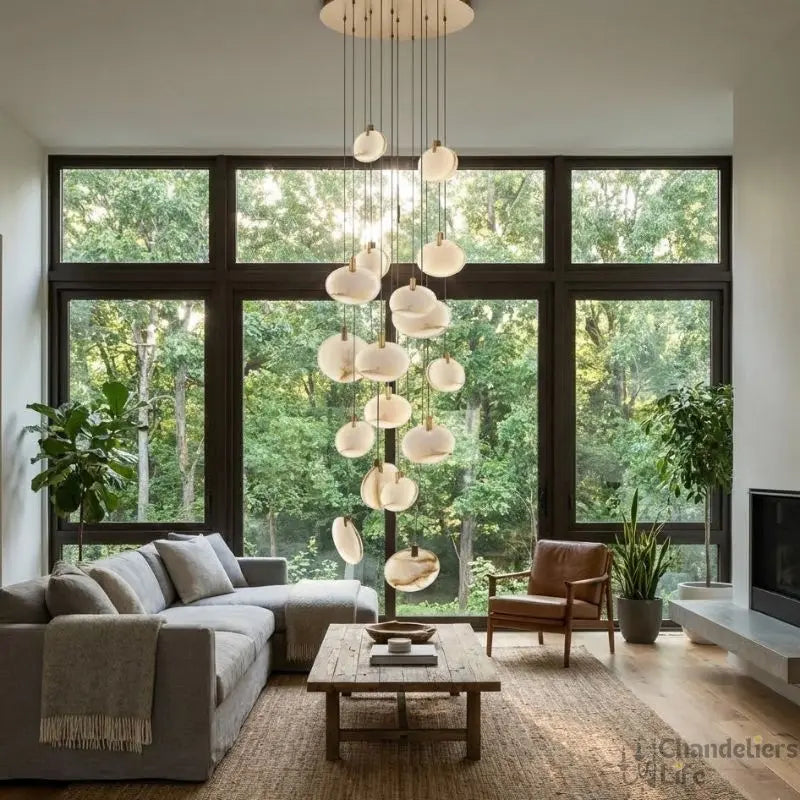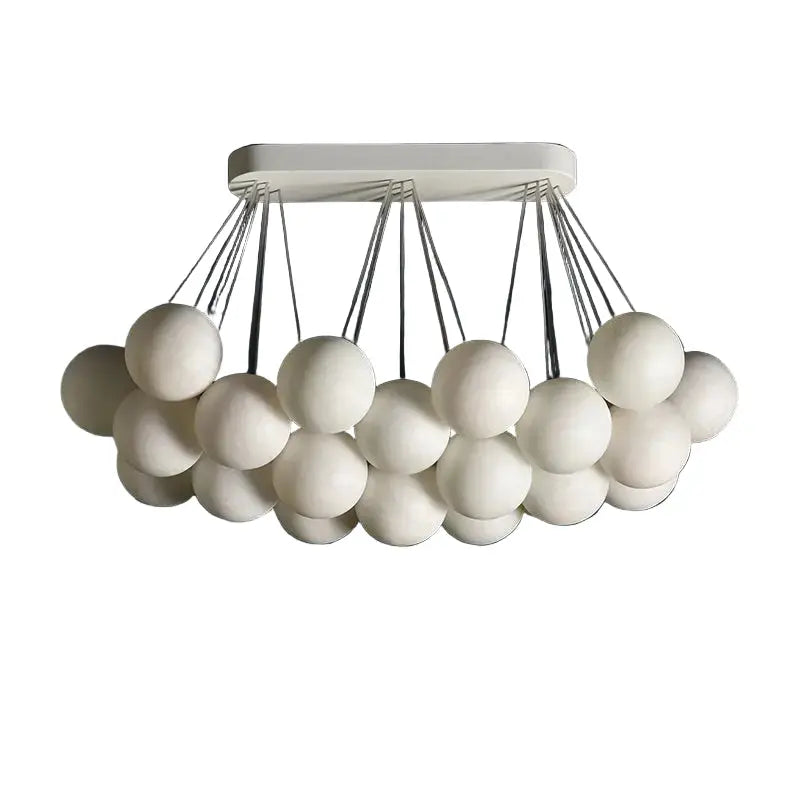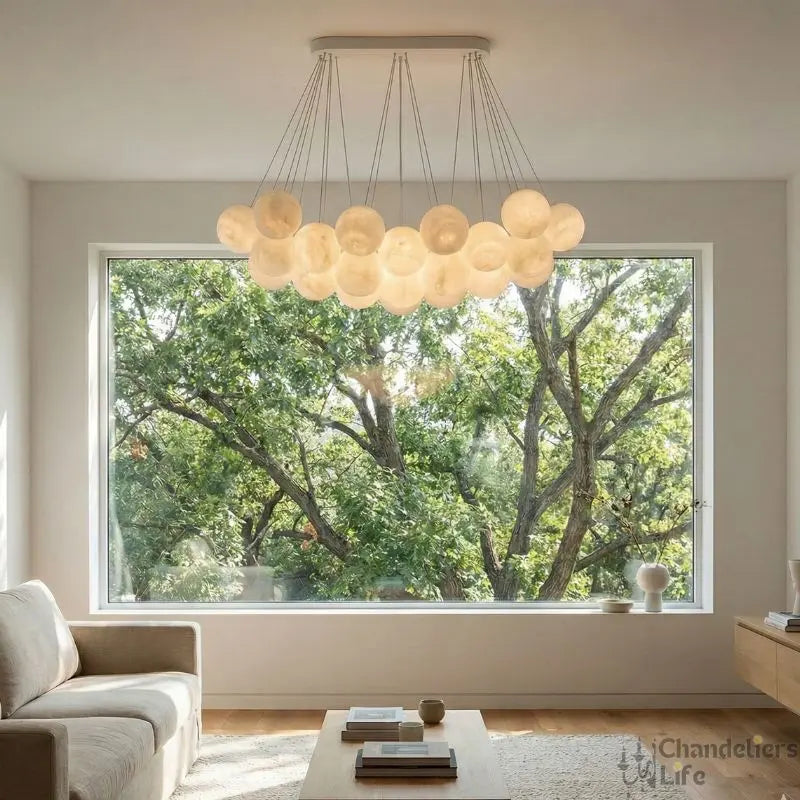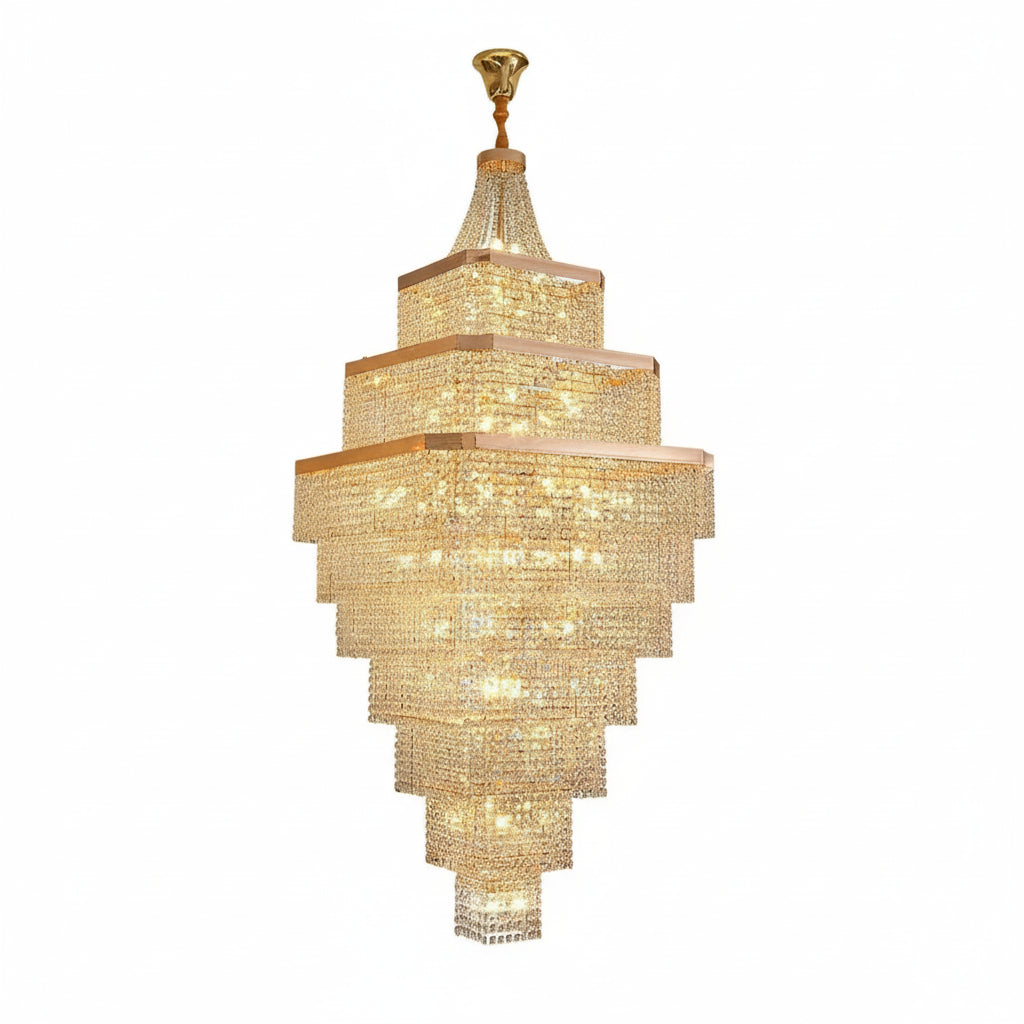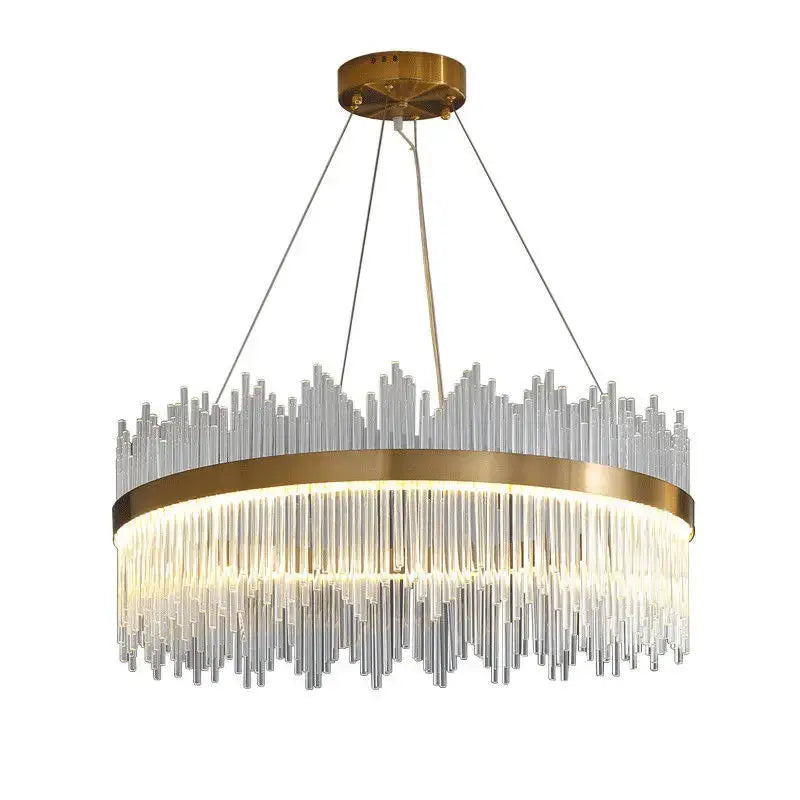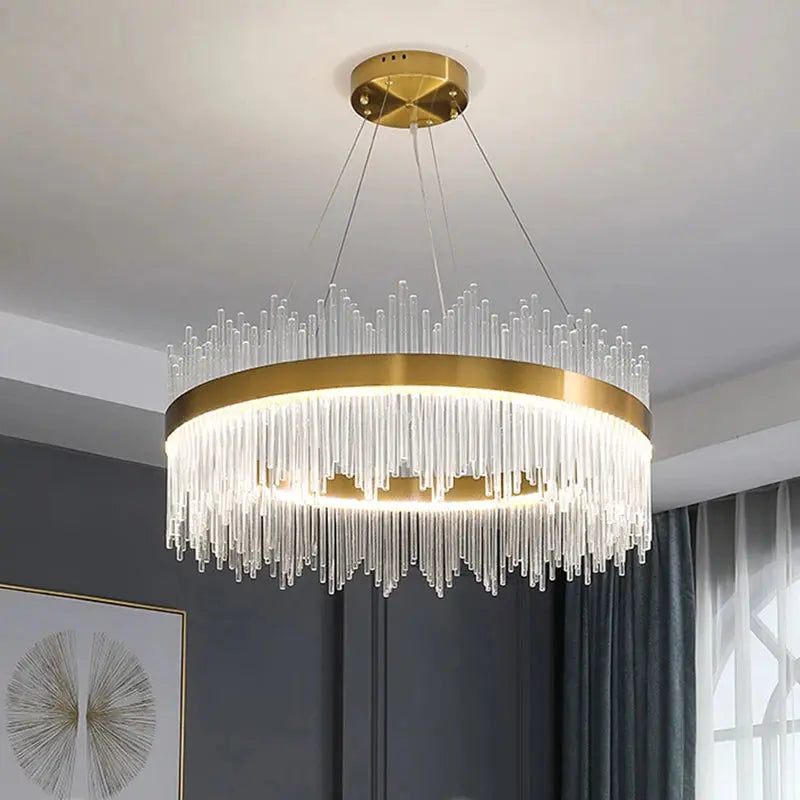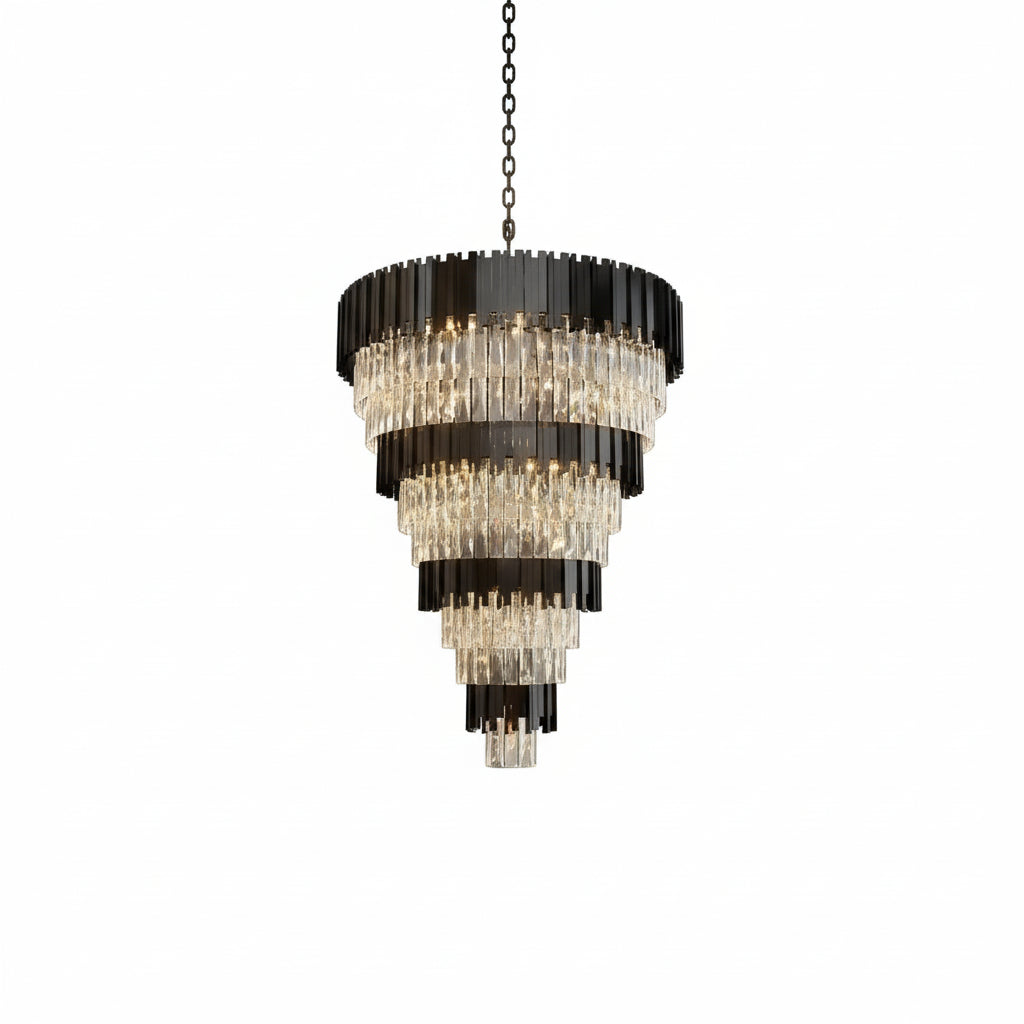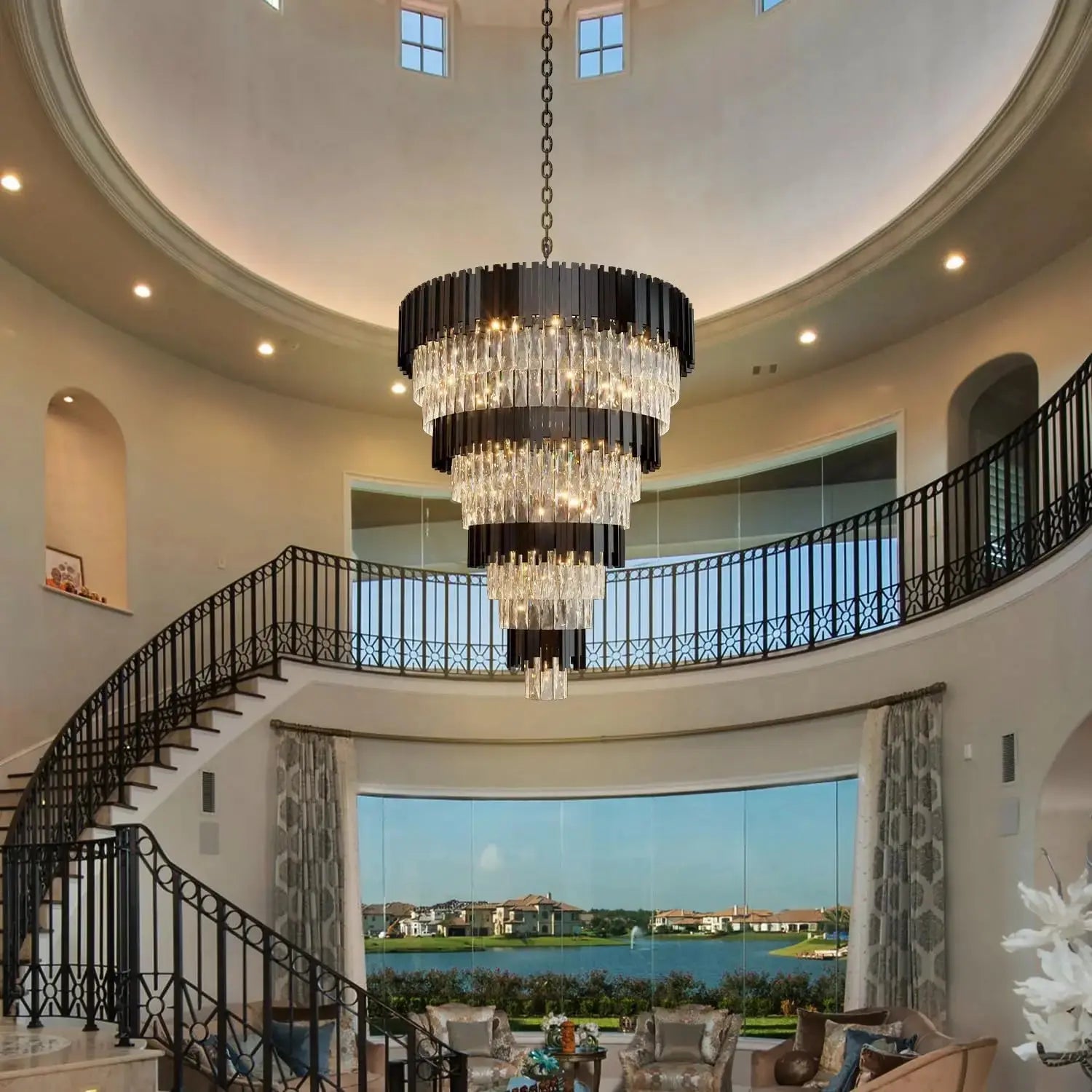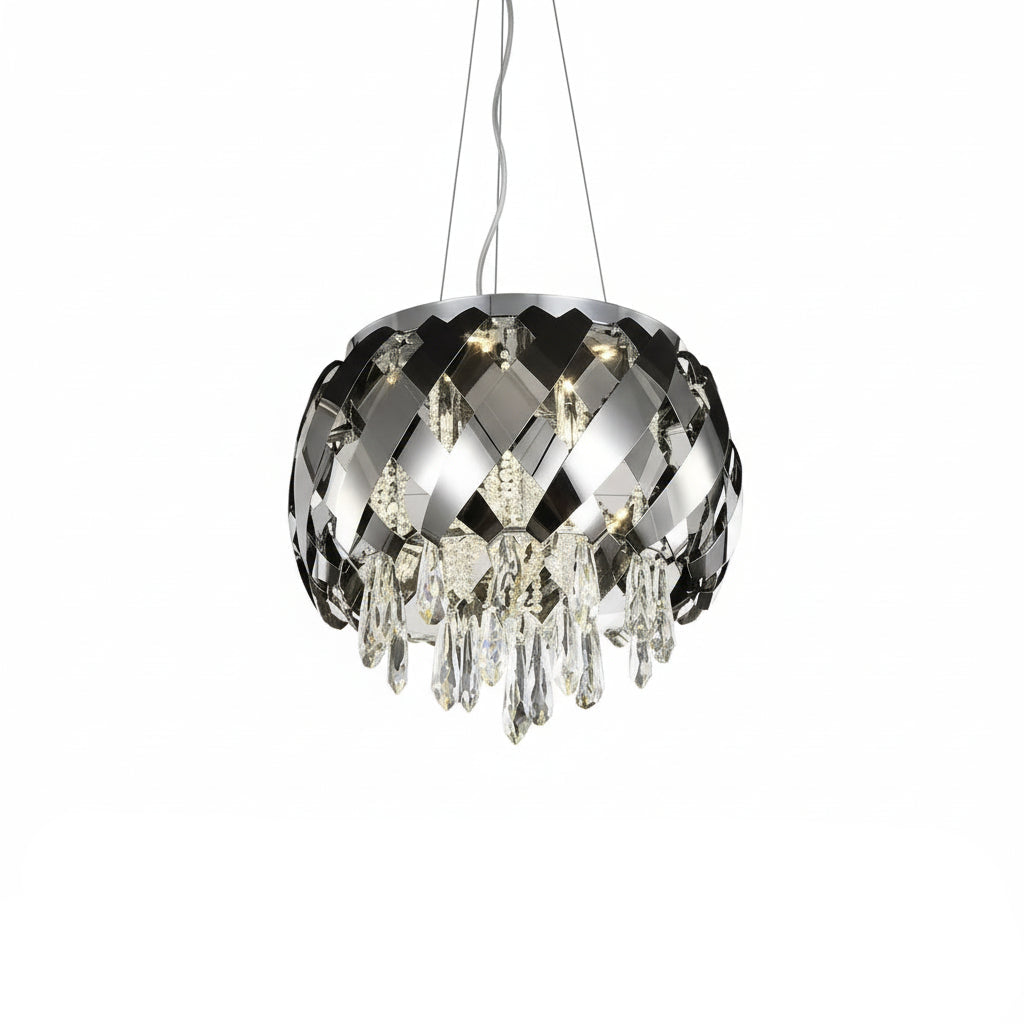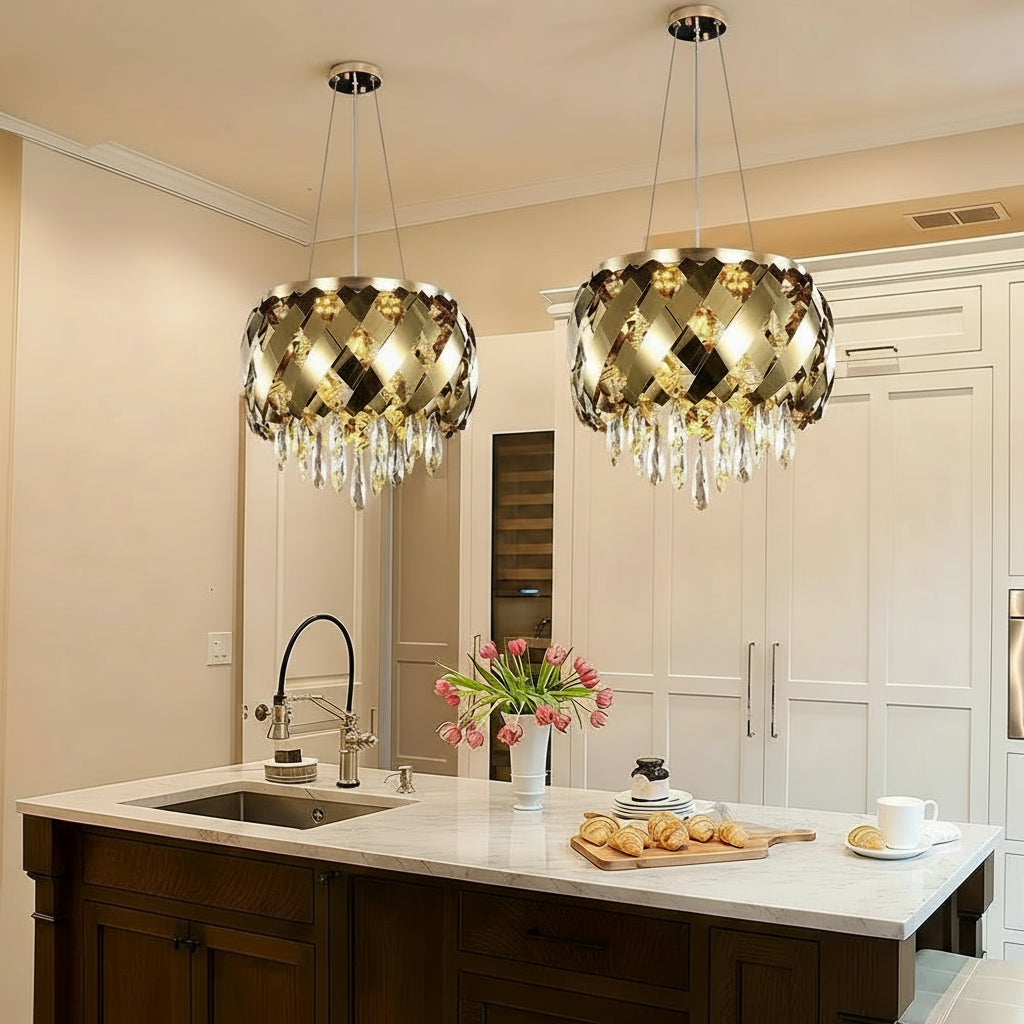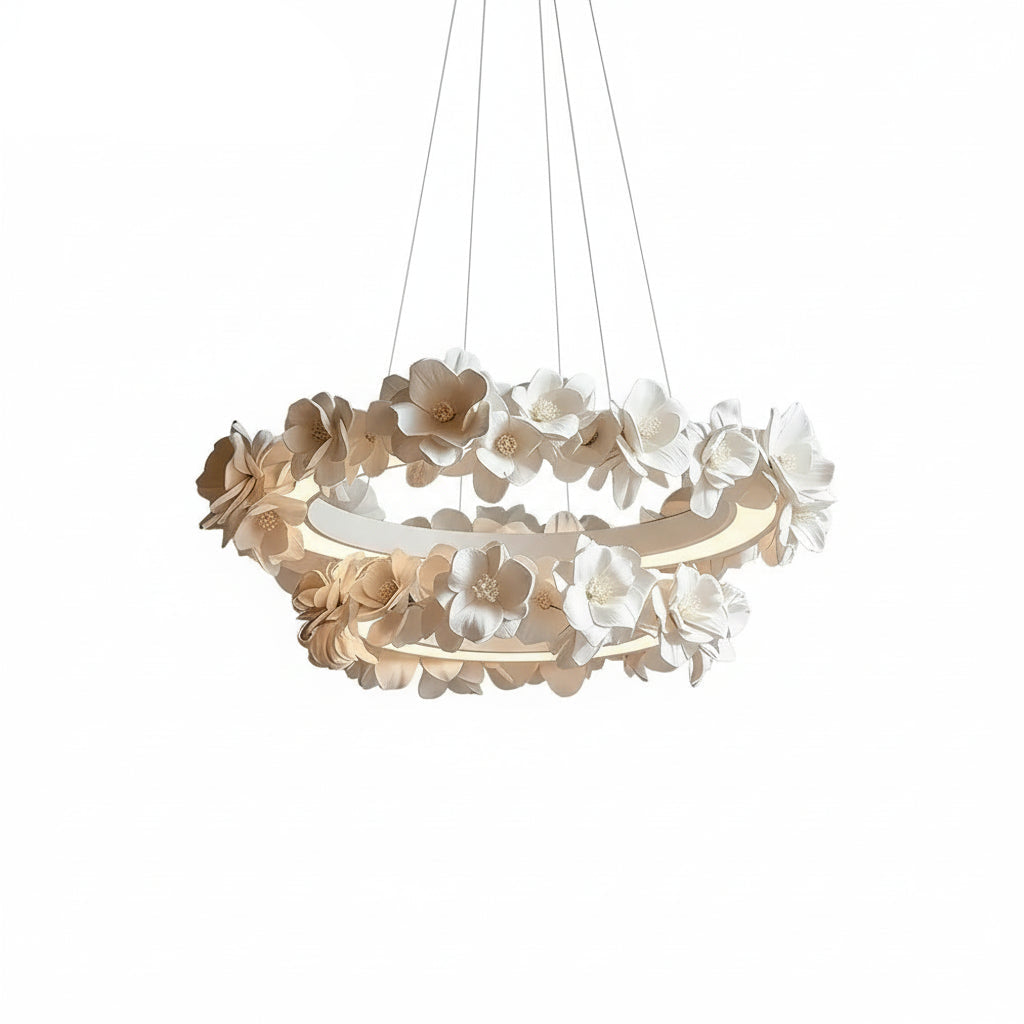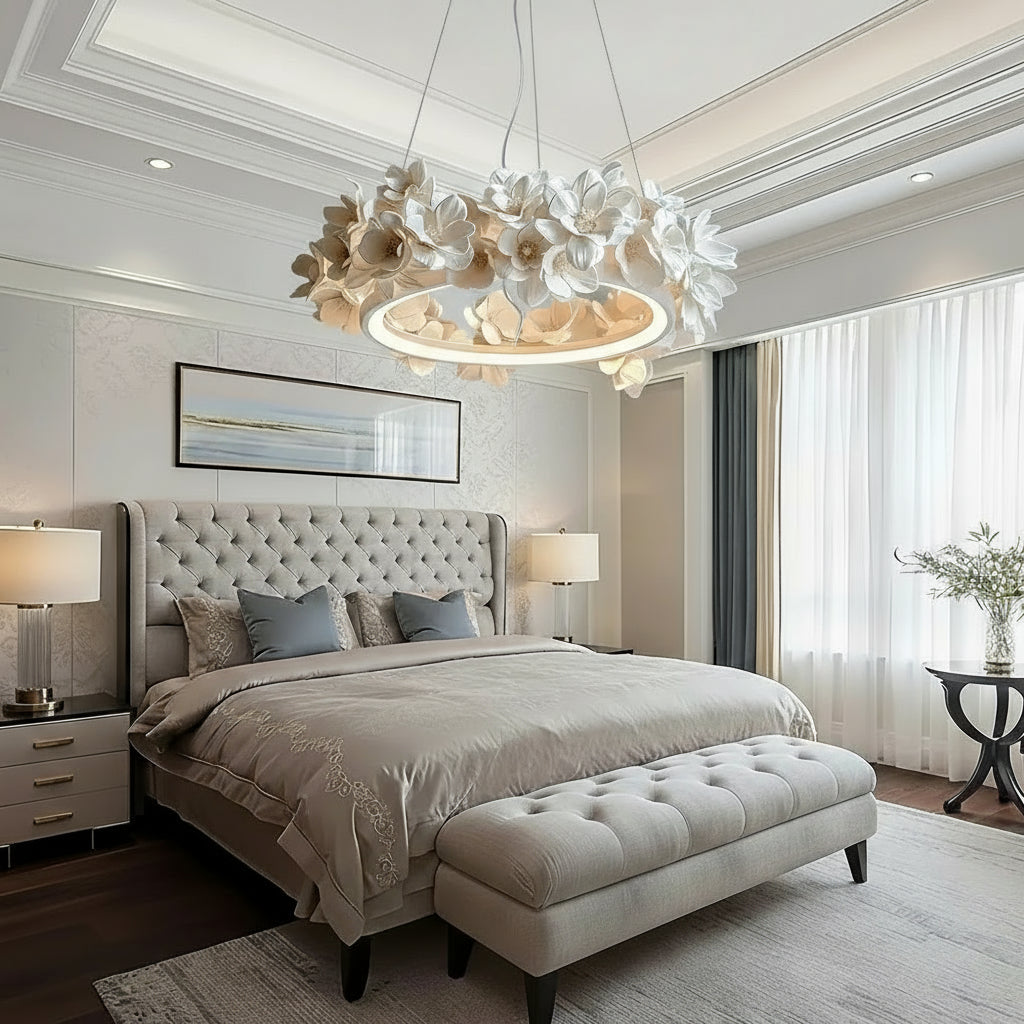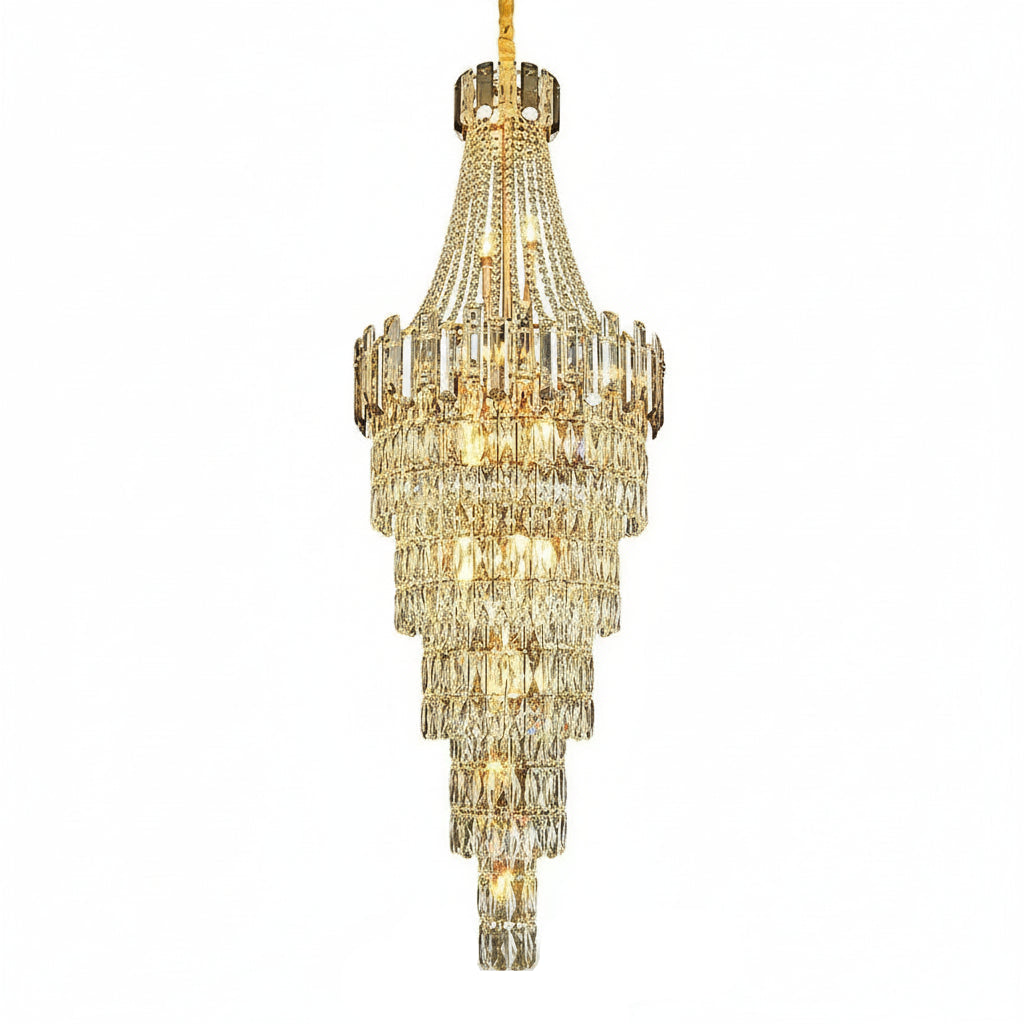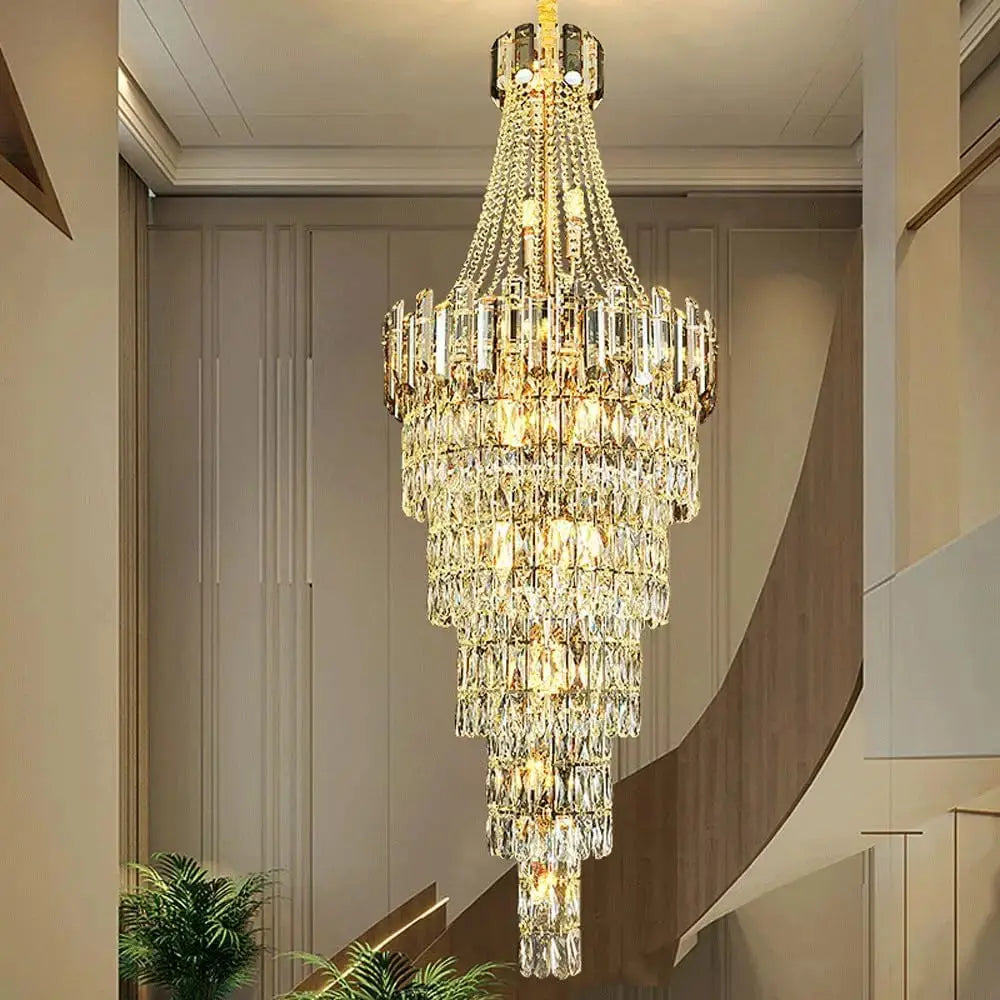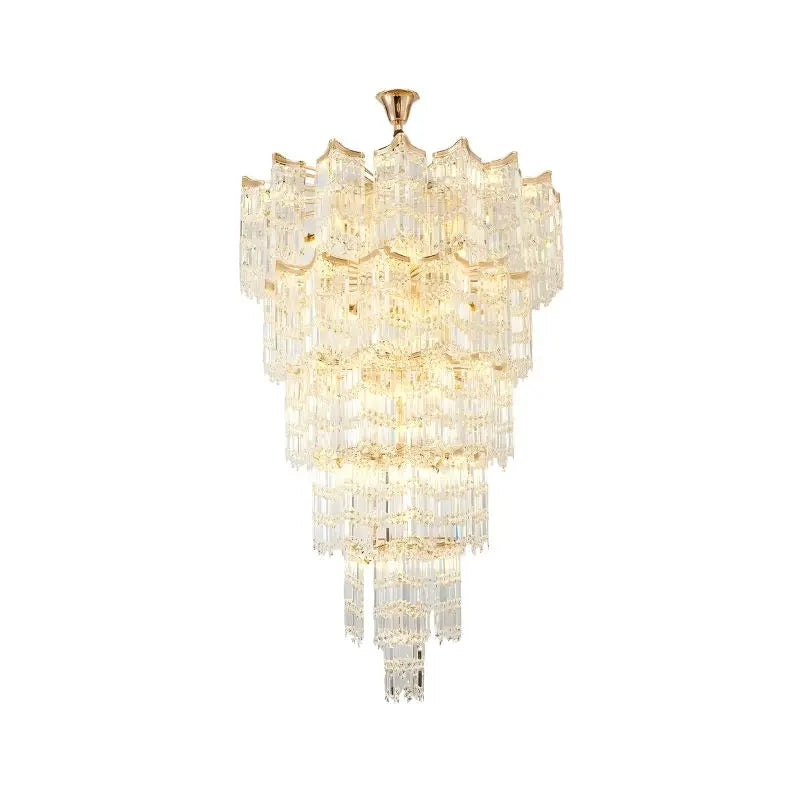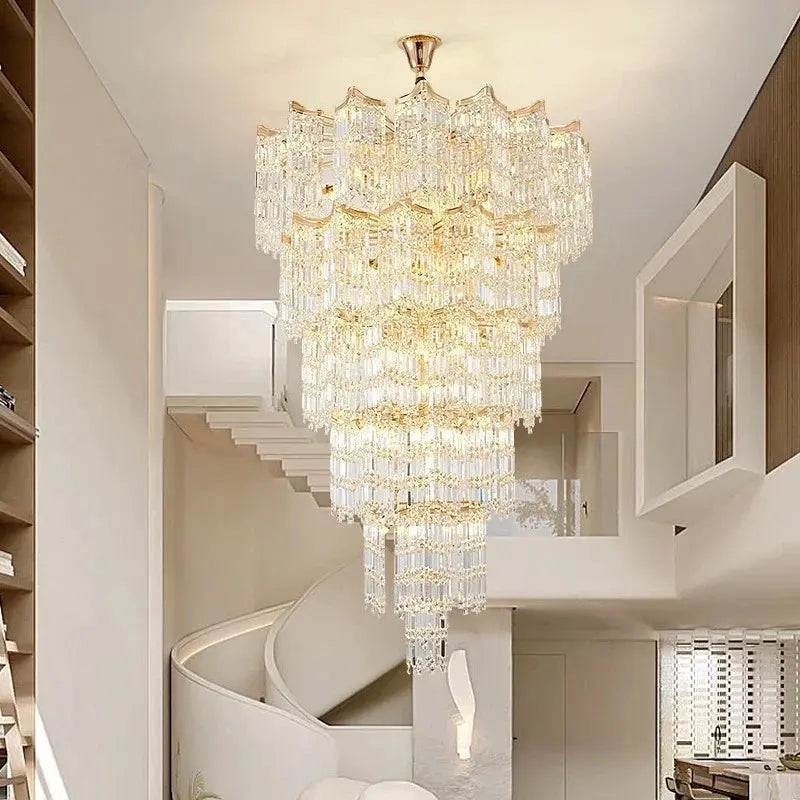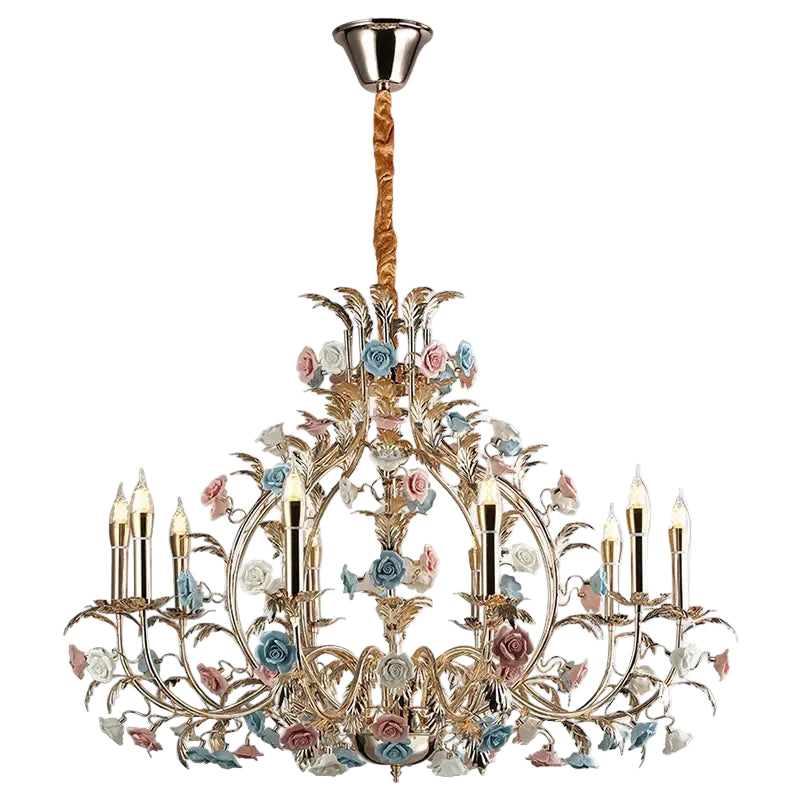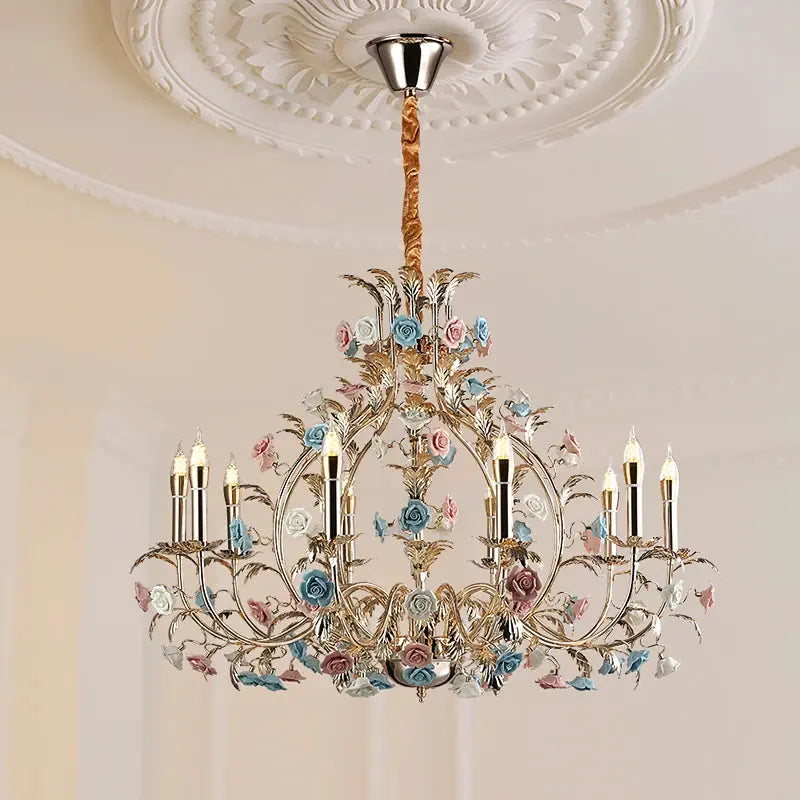Picking the perfect external porch light in 2025 isn’t just about grabbing the first fixture you see at the hardware store. These days, porch lights do a lot more than just light up your front door—they help keep your place safe, make your house look better, and even save you money if you pick the right one. With so many designs, smart features, and options for every kind of weather, it can feel overwhelming. But don’t worry, we’ll break it all down so you can find a porch light that fits your style, works for your space, and lasts for years.
Key Takeaways
- A good external porch light makes your home safer and helps you see better at night.
- Pick a style and color that matches your house for a more put-together look.
- Measure your space before buying so your light isn’t too big or too small for your porch.
- Consider energy-saving options like LED bulbs and smart controls to save money and add convenience.
- Choose fixtures made from weatherproof materials so your porch light can handle rain, snow, and sun.
Understanding the Role of External Porch Light
Enhancing Home Security and Safety
Porch lighting does more than add a warm glow to your entry—it plays a huge part in keeping your home safe. A well-lit porch can make a big difference by cutting down on the risk of trips and falls at night and making the area less tempting to intruders. Good lighting lets you see who’s at the door before you even think about opening it, and motion sensors kick the light on only when needed, which can spook anyone lurking nearby as well as save energy.
- Lights up paths, stairs, and entryways to avoid accidents after dark
- Makes it easier to spot visitors—and keep an eye out for unexpected movement
- Deters would-be trespassers, who prefer to work in the shadows
A smart, practical porch light can quickly become one of those things you wonder how you ever lived without. For anyone looking to update fixtures, the latest modern lighting options actually combine tight security with sleek good looks.
Boosting Curb Appeal with the Right Lighting
Picking the right porch light isn’t just about function. Lighting is often the first thing people notice when they see your house from the street. The right fixture can underline your home’s features and give your place more personality. Warm, welcoming light invites guests in, but it’s also a small thing that can lift your spirits when you get home after a long day.
Key ways porch lighting affects curb appeal:
- Frames your front door or porch details
- Highlights plants or paths leading up to your house
- Lets you express your style without a huge renovation
Improving Outdoor Living Functionality
Proper porch lighting isn’t just for looks and safety; it also opens up your porch for all kinds of evening activities. If you’ve ever tried to grill outside or enjoy some quiet time with a book at dusk, you know how important good lighting can be. Combining wall sconces, overhead fixtures, and maybe a few string lights means you get lots of light—but it’s easy to set the mood too.
Best practices for functional porch lighting:
- Use a mix of fixtures to avoid dark corners
- Opt for dimmable bulbs so you can set the mood for relaxing or entertaining
- Think about where you move and sit—you want light where you actually need it
Bright, adjustable porch lighting isn’t just for special occasions. It makes spending time outside something you can actually look forward to, whether you’re on your own or having people over.
Selecting the Best Design and Style for Your Porch
Choosing a porch light is less about ticking boxes and more about picking a style that feels like it truly belongs with your home. Your porch light works as a first impression, a sign of what to expect inside. Here’s how to zoom in on a fixture that doesn’t just light up the entryway, but also says something about your style—and works with your house, not against it.
Matching Lighting Fixtures to Your Home’s Architecture
Don’t just pick a light because it looks pretty. Pause and think about what fits your home—whether it’s a modern box, a classic bungalow, or something in between. Survey your roofline, door details, and window shapes, then use those lines and materials as your blueprint for light fixture style. A traditional house usually suits lamps with more detail, while something modern leans into simpler fixtures with crisp lines. If you’re stuck, take a peek at different wall sconces perfect for a range of decor from this wall lights selection. It’s worth it to see a mix before settling on just one.
Choosing Between Modern, Classic, and Rustic Styles
The style of your home isn’t the only thing that matters—think about your own taste. Here are the three main routes most folks go down:
- Modern: Simple shapes, usually black, white or metallic finishes, and details kept to a minimum. Works well for homes with lots of glass or sharp lines.
- Classic: Lanterns, ornate metalwork, sometimes even glass panes or curved arms. These feel at home on porches with columns or lots of trim.
- Rustic: Rougher textures, bronze or weathered finishes, and sometimes interesting materials like wood or wrought iron. Best for cabins or stone homes, but really, go with your gut.
Mixing styles rarely works unless you really know what you’re doing. If in doubt, stick with what fits the house.
Harmonizing Colors and Finishes With Exterior Décor
You can trip up a promising design by clashing colors and finishes. Match your light’s finish with your front door handle, mailbox, and even the railing. Don’t go wild with a new color unless you want it to be the standout piece.
Some quick pointers:
- Oil-rubbed bronze or black: Easy neutral, fits just about anywhere.
- Nickel or chrome: Sleek and matches modern hardware.
- White, gray, or copper: Great for light-colored sidings (but double check against your trim first).
| Home Exterior Color | Good Fixture Finish Ideas |
|---|---|
| Red or Brown | Oil-rubbed bronze, black, copper |
| Blue or Gray | Brushed nickel, chrome, dark gray |
| White or Cream | Black, bronze, crisp white |
| Green | Antique brass, gold, bronze |
Lighting is a small detail, but get it right, and your porch suddenly looks finished—and a lot more inviting. Slip up, and the whole front entry feels off, even if you can’t put your finger on why. Take your time with these choices, since you’ll be looking at that porch light every day.
Choosing the Proper Size and Placement for Maximum Impact
Figuring out the right size and the best spot for your porch light isn’t as straightforward as plopping a fixture on the wall and calling it a day. The effect is much bigger than you might expect—if your light is too small, it gets lost, and if it’s too large, it totally overpowers your entryway. Getting this balance right does wonders for both how your porch looks and how well it works.
Measuring for Proportional Fit With Your Entryway
Size matters when it comes to porch lighting, especially if you want your space to look well put-together. One quick way to land on a good size is to use the one-third to one-fourth rule:
- Measure the height of your door.
- Choose a fixture that’s about 1/4 to 1/3 the height of your door for a balanced look.
- For double-door entries or wide porches, you may want to use two fixtures (one on each side) rather than just upsizing a single light.
| Door Height (inches) | Ideal Fixture Height (inches) |
|---|---|
| 80 | 20–27 |
| 84 | 21–28 |
| 96 | 24–32 |
A well-sized porch light can pull the entire front entrance together, making even a modest entry feel intentional and welcoming.
Tips for Effective Light Placement
Getting the height and position right makes a huge difference. Here’s what to keep in mind:
- Wall lights should sit so the center of the fixture is between 66–72 inches above the floor—directly at or just above average eye level.
- For a single wall fixture, mount it on the doorknob side for better illumination when entering or exiting.
- In the case of double doors, place a fixture on each side, evenly spaced for a symmetrical look.
- Avoid placing fixtures higher than 72 inches unless you have a very tall space; too high, and the light can look awkward.
- Want to add bold style? Consider adding a pendant light above your porch if you have a high ceiling—it really draws the eye upward.
Highlighting Architectural Features With Lighting
Porch lights do more than just help you find your keys at night—they can play up your home’s best angles.
- Use lighting to draw attention to columns, trim, or other standout details.
- For homes with stone or brick, a warm fixture finish can really make the textures pop.
- Multiple light fixtures along a porch or garage add rhythm and balance. Use the same sizing rules—don’t just throw up lights at random.
If you plan carefully, lights work as a spotlight for your home’s style, not just a beacon at the door. Thinking about the real-world size and placement before you buy a fixture is key for a pulled-together porch.
Exploring Smart and Energy-Efficient Lighting Options
Let’s face it—outdoor lighting shouldn't make your electric bill jump or leave you fumbling for switches. Smart and energy-efficient lights are the new normal for porches in 2025. They're not just cool gadgets; they're reliable, cost-saving choices that fit right into any busy lifestyle.
Embracing LED and Eco-Friendly Technologies
Switching to LED bulbs is probably the easiest way to save both energy and money on your porch. These bulbs use about 75–90% less electricity than old-school incandescent bulbs and last much longer—often up to 25,000 hours or more. Plus, LEDs come in all the brightness levels and shapes you might want for your entryway. If you’re serious about eco-friendly options, solar-powered porch lights are another smart bet. These charge up during the day and light up your porch for free after sunset, cutting your carbon footprint to just about zero.
| Light Type | Avg. Energy Use | Typical Lifespan | Initial Cost |
|---|---|---|---|
| Incandescent | High | 1,000 hours | Low |
| CFL | Medium | 8,000 hours | Medium |
| LED | Very Low | 25,000+ hours | Medium–High |
| Solar (LED) | None (runs on sun) | 5,000–10,000 hours | Medium |
- Look for ENERGY STAR certified fixtures—they meet strict efficiency requirements.
- Choose LEDs with a comfortable color temperature for entryways (usually between 2700K and 3000K for a warm glow).
- Consider solar models for spots where wiring isn’t practical.
Swapping out even a couple of your porch lights with energy-saving fixtures can make a surprising difference on your utility bill, and honestly, you’ll barely notice the transition until it’s time to replace them—which might not be for years.
Benefits of Smart Features and Remote Controls
Smart lighting isn’t science fiction anymore. Homeowners love being able to manage lights from their couch (or car) using phone apps, and you'll never wonder if you left the porch light on again. Many smart porch lights connect to Wi-Fi or Bluetooth, letting you adjust brightness, color temperature, or even switch between millions of hues if you feel like it. Motion-sensor models also add an extra layer of security—they’ll light up whenever someone approaches.
- Use mobile apps to operate your lights from anywhere.
- Voice control via Alexa, Google Assistant, or Siri is standard with many smart systems.
- Change brightness, on/off times, and even colors with a few taps.
Scheduling and Automation for Convenience and Security
With scheduling options, your porch light can work on your schedule—not the other way around. Automation means lights can turn on at sunset, off at sunrise, or whenever you want, making your home look lived-in even when you’re on vacation. Combined with motion sensors, this enhances both convenience and peace of mind.
- Set a timer to have the porch lit up just before you get home each night.
- Use "away" modes to create the illusion of someone being home.
- Integrate with other smart home devices for a unified experience, like linking your porch light to security cameras or alarms.
Automated porch lights are a small change that ends up making daily life less stressful, especially for busy families or anyone who forgets to flip switches at night.
Choosing smart, energy-efficient porch lighting in 2025 means less hassle and more savings—all while keeping your entryway secure and welcoming.
Comparing Popular Types of External Porch Lights

Choosing the right porch light is about more than just picking something that looks nice. You have to think about how you'll use your porch, how much space you have, and what type of atmosphere you want to create at your entry. The fixture you choose can totally change the look and function of your porch, whether you want a classic vibe or something more laid back. Let's walk through some of the most common types and how they might work for you.
Wall Sconces and Their Versatile Functionality
Wall sconces are the go-to option for most porches and honestly, it's easy to see why. You can mount them on either side of your door, they'll give you balanced lighting, and there are so many styles that you're basically guaranteed to find one you like. Here’s what makes them stand out:
- Space-saving because they don’t take up headroom or floor area
- Can cast light downward, upward, or both, depending on the design
- Offer better control over the light spread, which can help with both safety and style
These fixtures come in everything from lantern-inspired looks to super minimal rectangles, so matching your home’s personality is actually pretty simple.
A lot of people go for wall sconces because they let you play with symmetry and frame your entry door, making the whole porch feel intentional and put-together.
Hanging and Pendant Lights for Elevated Style
If you’ve got a covered porch and want to make a statement, hanging lights or pendants are hard to beat. They dangle down from the ceiling, so you get a more central pool of light—great for gatherings.
- Better suited to porches with more ceiling height
- Lots of room to express personality, from glass pendants to ornate metal lanterns
- Can set the tone—dramatic, cozy, elegant, or even playful, depending on the fixture
Keep in mind, they should hang high enough so no one accidentally bumps their head, but low enough to actually light up your seating or entry space. That balance takes a bit of measuring.
Flush Mount Lights for Compact Spaces
Not every porch has sky-high ceilings. For those tighter spots, flush mount lights are a lifesaver. These fit snug up against the ceiling and still give off plenty of bright light.
Here's why you might opt for flush mount fixtures:
- Perfect for low ceilings or porches with limited overhead space
- Less likely to collect dust, debris, or bugs
- Usually less intrusive design-wise; blend into the background if that's your thing
Flush mounts can look modern or classic, depending on the finish and shape. Some even come with smart controls now, so you can flip your lights on from your phone—super handy if you're coming home after dark.
| Fixture Type | Best For | Key Features |
|---|---|---|
| Wall Sconces | Framing entryways | Versatile, space-saving, stylish |
| Hanging/Pendant | Covered porches, high roofs | Dramatic look, central lighting |
| Flush Mount Lights | Low or compact porches | Unobtrusive, bright, easy to clean |
Finding the best option really comes down to figuring out how you want your porch to look and how you want it to work for daily life. Sometimes mixing types can be the best approach—like a flush mount in the center and sconces on the side for extra depth and a finished feel.
Prioritizing Durability and Weather Resistance

Choosing porch lights that can put up with whatever the weather throws their way isn't just about convenience—it's about keeping your entryway looking good and working well for years. It takes a little know-how to pick out materials and features that won't let you down just because the forecast gets rough.
Selecting Weatherproof Materials and Finishes
Not every porch light is up to the challenge of outdoor life. Materials make all the difference when you're dealing with moisture, sun, and wind. Here's what to look for:
- Stainless steel: Handles rust and corrosion, good for most climates
- Aluminum: Lightweight but sturdy, won't rust but can discolor if not coated properly
- Brass/Bronze: Costlier, but these develop a protective patina over time, lasting for decades
- Vivex or composite synthetics: Made for salty or very harsh environments—think beach houses
A quick reference:
| Material | Rust Resistance | Longevity | Maintenance Level |
|---|---|---|---|
| Stainless Steel | High | Long | Low |
| Aluminum | Moderate | Moderate | Low |
| Brass/Bronze | Very High | Very Long | Low |
| Synthetic (Vivex) | High | Very Long | Very Low |
Understanding Wet and Damp Ratings for Outdoor Use
It’s tempting to pick a style and call it a day, but location matters. Outdoor lights have two main ratings:
- Wet-Rated: Can handle direct rain, snow, or even a hose. Perfect for exposed porches, uncovered patios, or any spot with no roof.
- Damp-Rated: Fine for humidity and occasional splashes but requires some cover—ideal if your porch is tucked under an awning or roof.
- Note: Never use an indoor-only fixture outside, even in a protected spot. Moisture finds a way.
Maintenance Tips for Long-Lasting Performance
Just because you bought the sturdiest fixture doesn’t mean it can go forever without a little attention. To keep things running smoothly:
- Wipe down glass and metal surfaces every few months to prevent buildup or corrosion.
- Check seals and gaskets—if they look brittle or cracked, replace them to stop leaks.
- Tighten screws/hooks if your fixtures seem a little loose after heavy winds or storms.
Taking the time to check your porch lights now and then is a simple way to avoid bigger headaches, like water damage or shorted wires.
Weather-resistant porch lights aren't about overkill—it's just sensible. Decide where they'll go, pick materials and ratings that fit your climate, and don’t forget those checkups. That way, your porch stays bright and inviting, rain or shine.
Installation Tips and Professional Help
Installing an external porch light isn’t just about picking out a nice fixture – it takes a little technical know-how, planning, and sometimes, a willingness to admit you’re out of your depth. Here’s a closer look at what you need to consider before grabbing your ladder or speed-dialing an electrician.
DIY Considerations and Safety Guidelines
- Always cut the power at the breaker before messing with electrical wires. It sounds obvious, but it’s easy to forget in the excitement of a new DIY project.
- Read the fixture’s instructions all the way through first, even if you think you know what you’re doing.
- Understand the basics of wiring: typically, black is hot, white is neutral, and green/bare is ground – but double-check your home’s setup.
- If you’re just swapping an old porch light for a new one, it’s usually a pretty simple task (unscrew, disconnect, connect new wires, reattach). Easy doesn’t mean you should rush, though—test connections and make sure the mount is secure.
- When running new wiring or dealing with anything unfamiliar (like aluminum wiring or smart technology integration), err on the side of caution.
Essential Tools for DIY Installation:
| Tool | Purpose |
|---|---|
| Screwdriver Set | Removing and attaching fixtures |
| Wire Strippers | Prepping wires for connections |
| Voltage Tester | Double-checking wires are not live |
| Electrical Tape | Securing wire connections |
| Pliers | Bending/twisting wire ends |
| Ladder | Reaching porch ceiling/walls safely |
Electrical repairs should never be rushed. Take your time with each step, especially when mounting hardware and connecting wires—one mistake can mean a broken fixture or even a dangerous short later on.
Tools and Supplies Needed for Installation
- Voltage tester (for safety—test everything).
- Wire strippers and pliers.
- Electrical tape and wire nuts.
- Mounting hardware supplied with your fixture.
- Ladder that’s the right height for your porch.
- Flashlight or headlamp, if the area isn’t well-lit yet.
If the new fixture is heavier, make sure your junction box can support it. For outdoor installations, use weatherproof boxes and fittings.
When to Consult a Lighting Specialist
Sometimes, it’s just not worth the stress or risk. Here’s when you should put the tools down and pick up the phone:
- If you need to install a new junction box where there isn’t one already
- When upgrading your electric circuit for larger or multiple lights
- If your project requires integration with smart home systems
- Anytime local electrical codes feel confusing or fuzzy
- If you’re dealing with unfamiliar wiring—for example, houses built in the 60s and 70s can have tricky aluminum wiring
Don’t take chances with wiring if you feel uncertain – professional electricians know how to keep your home safe and up to code.
- Professional help is not just about finishing the job—it’s also about protecting your home and yourself from hidden hazards.
- Paying for expertise can usually save you time, money, and headaches in the long run.
- A good electrician can also offer tips on maintaining your fixture for longer life, especially in harsh outdoor conditions.
Conclusion
Picking out the right porch light for your home in 2025 doesn’t have to be complicated. It’s really about finding something that fits your style, works well for your space, and stands up to the weather. Think about the size of your porch, the look of your house, and how much light you actually need. Don’t forget about energy-saving options like LEDs or smart features if you want a little extra convenience. At the end of the day, the best porch light is one that makes you feel good every time you come home—whether you’re unlocking the door after a long day or just hanging out with friends on a summer night. Take your time, measure twice, and trust your gut. You’ll know the right one when you see it.
Frequently Asked Questions
How do I pick the right size for my porch light?
To choose the right size, measure your door’s height and pick a light that is about one-fourth to one-third as tall. This helps the light look balanced and not too big or small for your entryway.
What type of bulb is best for outdoor porch lights?
LED bulbs are a great choice because they save energy, last a long time, and come in different colors and brightness levels. Make sure any bulb you use is rated for outdoor use so it can handle rain and temperature changes.
Are smart porch lights worth it?
Smart porch lights can make your life easier. You can control them with your phone or voice, set timers, and even change the color or brightness. They also help with security by letting you turn lights on or off when you’re not home.
How should I match the light fixture to my home’s style?
Look at your home’s design. If you have a modern house, choose a simple, sleek light. For older or more classic homes, pick a light with more detail or a vintage look. Try to match the color and finish with your door, railings, or house trim.
What materials are best for outdoor porch lights?
Porch lights made from stainless steel, aluminum, or brass last longer because they resist rust and bad weather. If you live near the ocean, look for fixtures made from special weatherproof materials.
Can I install a porch light myself, or should I hire someone?
If you’re comfortable with basic tools and turning off the power, you can install a porch light yourself. But if the wiring is tricky or you’re unsure, it’s safer to call a professional electrician.

